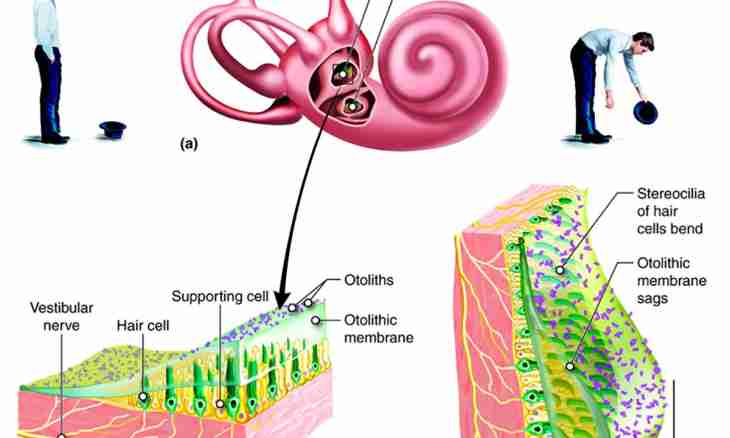Language of the person serves it not only for informal conversation, but also is the major sense organ by means of which he can distinguish taste of food. It becomes possible, thanks to the special anatomic structure of language.
Instruction
1. Sense organs of the person is a specialized anatomic and physiological system whose task includes obtaining information from the environment or the organism and the earliest, or primary, the analysis of this information. In other words, sense organs are obliged to signal people, it is dangerous or not any given event, is useful or not whether there is it attention and so on. Language is a contact sense organ, it means that he is capable to estimate information only at direct contact with an irritant (unlike remote sense organs, for example, of eyes or ears).
2. Language is the muscular sense organ having sixteen muscles and therefore he is very mobile. The mobility allows to taste quickly food, to chew and swallow it and also it appears extremely important detail when breastfeeding, sucking of a breast by the baby is carried out by means of language.
3. Language is covered with a mucous membrane. It, in turn, is covered with flavoring nipples. These nipples in which fabrics there are flavoring receptors allow the person to define taste of any given food.
4. Special fungoid nipples are responsible for sensitivity to salty and sweet taste. They are scattered on all area of language, except the central part. The smallest of them are on the tip, and big – near molars. The total can exceed one thousand. In their epithelial layer so-called flavoring bulbs, whose cages receptors are located and produce flavoring feeling.
5. The listovidny nipples located mainly on each side language and in the field of palatal arches help to define sour taste. These nipples are similar to eminences of round shape, they are divided into folds in the depth of which there are channels of serous glands.
6. Zhelobovaty nipples are responsible for bitter taste, still call them the nipples surrounded with shaft. There are they near a language root, their flavoring bulbs are hidden in walls of deepening at the bottom of which channels of serous glands are open.
7. All nipples distinguish taste, thanks to existence of so-called flavoring bulbs, or kidneys whose receptor device and allows to distinguish taste of any given food. The feedstuff dissolved by saliva gets into bulbs and causes excitement of hemoretsetor. Receptors produce a nervous impulse which is transferred in a brain on fibers of a facial nerve. The brain deciphers the received signal and distinguishes taste of food.
